
Lot 155
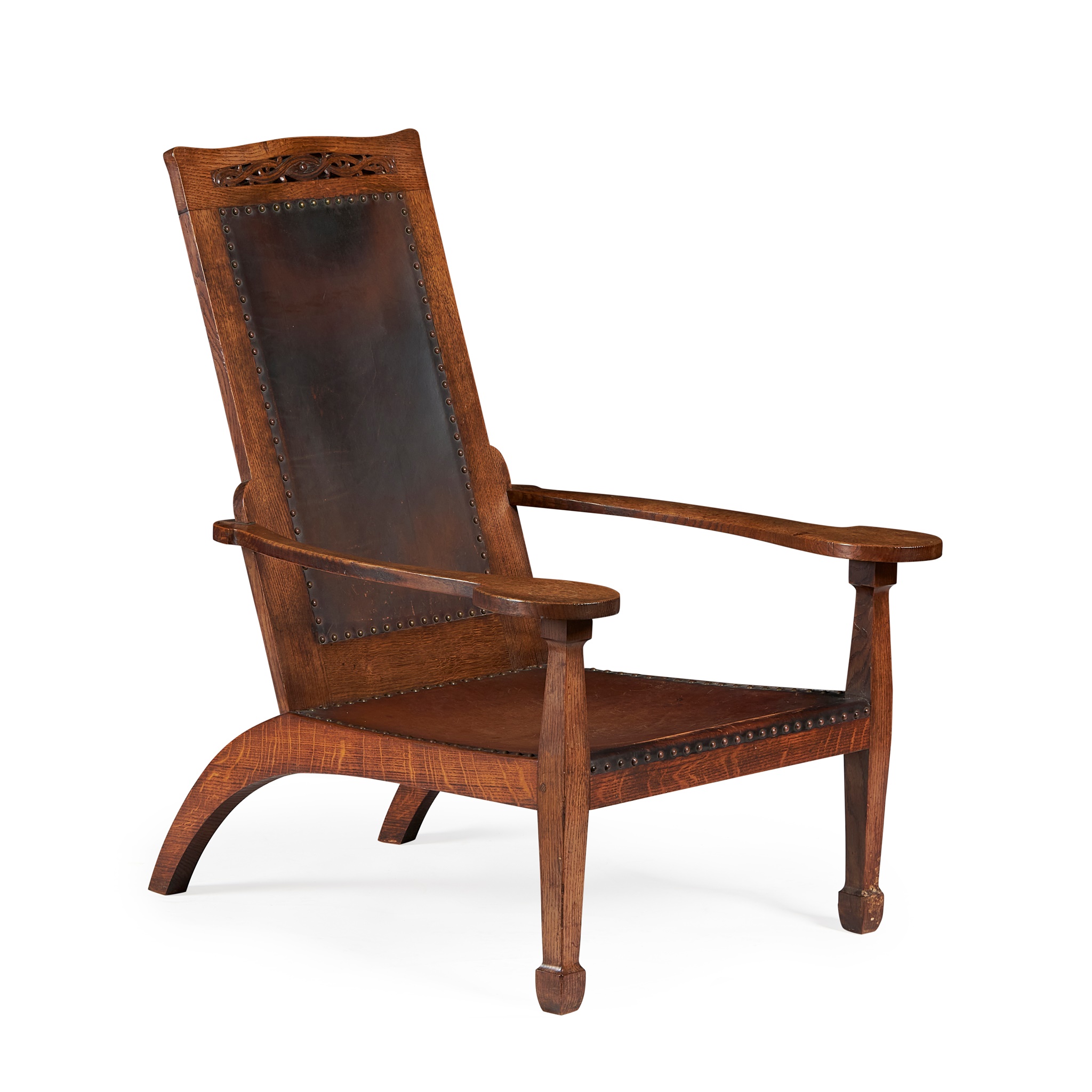
ARTHUR W. SIMPSON (1857-1922), KENDAL
ARTS & CRAFTS ARMCHAIR, CIRCA 1910
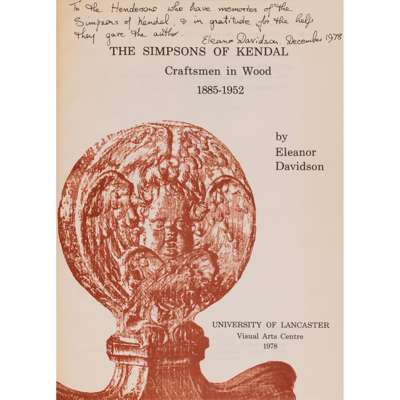
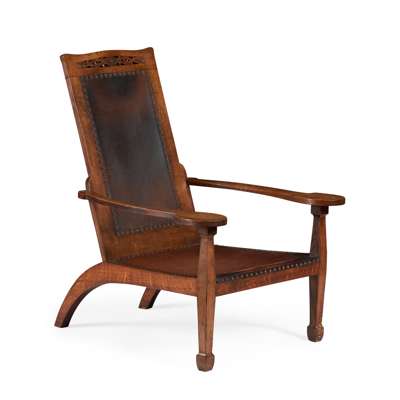
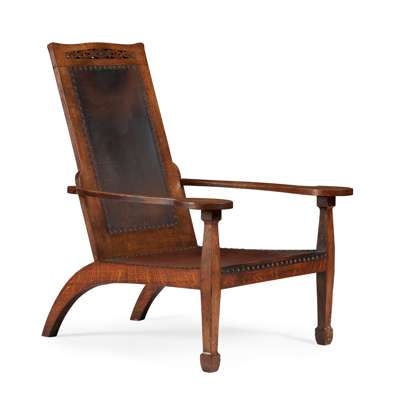
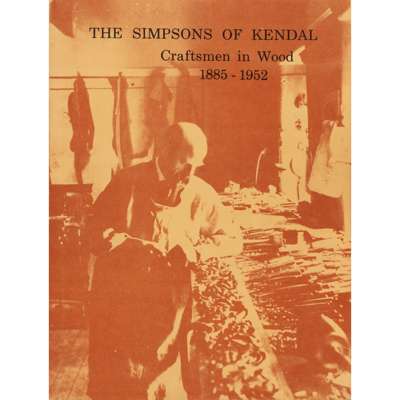






Auction: 19 April 2023 at 10:00 BST
Description
oak, with close-nailed leather upholstery, together with the book The Simpsons of Kendal: Craftsmen in Wood 1885-1952, by Eleanor Davidson, published University of Lancaster 1978
Dimensions
73cm wide, 98cm high, 54cm deep
Provenance
Provenance: Inherited by the current vendor from Barbara Henderson, the niece of Arthur Simpson.
Footnote
Literature: Davidson E. The Simpsons of Kendal: Craftsmen in Wood 1885-1952, University of Lancaster 1978, p. 72, fig. 11 where a view of the 1st-floor showroom, circa 1912, appears to show an example of the current lot in the display.
Note: After honing his skills during an early apprenticeship with Gillows of Lancaster, Arthur Simpson worked in a number of workshops until setting up his own in Kendal in 1885, known as the Handicrafts. Simpson secured a large volume of ecclesiastical as well as domestic commissions for furniture, and while he often catered to client tastes, his furniture designs follow a distinctive elegant aesthetic.
Locally sourced, high-quality woods are used to form bold yet simple structures with practicality at the heart of their design. Shelving units were often fitted with dust flaps, cleverly concealing variations in book height for a well-proportioned and clean-cut appearance. Simpson’s chair designs often showcase sleek curved forms for comfort, outstretched armrests terminate with broad surfaces to serve as a drink or book rest when relaxing. Carving is usually crisp but is used sparingly to create a striking balance for the eye to appreciate the simplicity of form and the elegance of the decoration applied across his designs.
Simpson exhibited widely and in 1889 an example of his work was accepted by the Arts and Crafts Exhibition Society. It was there that he would meet the architect Charles Voysey who became a great influence; over time his designs became more architectural and simpler with less carving. By 1912, Simpson was exhibiting alongside Voysey and Walton in the Ideal Home Exhibition at Olympia. His entire stand was sold to one client. Later, he was commissioned to carve panels for Blackwell House, designed by Baillie Scott for Sir Edward Holt and such was his skill he was entrusted by Voysey to make a number of furniture commissions.
Whilst primarily a wood carver and cabinet-maker, Simpson was also a lecturer and taught classes at his summer home in Windemere, in a bid to further promote the importance of the Arts & Crafts ideology as an effective approach to design. Pupils included Richard Rathbone, Ann Macbeth and Harry Stabler.
Although some designs were readily available, such as kettle stands and small stools, other pieces are far less common and were made on request, slightly differing in their design or shape. The following lots wonderfully showcase the exquisite carvings and simple, distinctive forms that have come to characterise Simpson’s work. With a focus on high-quality craftsmanship, it is not surprising that Simpson’s work continues to be popular amongst collectors today.









